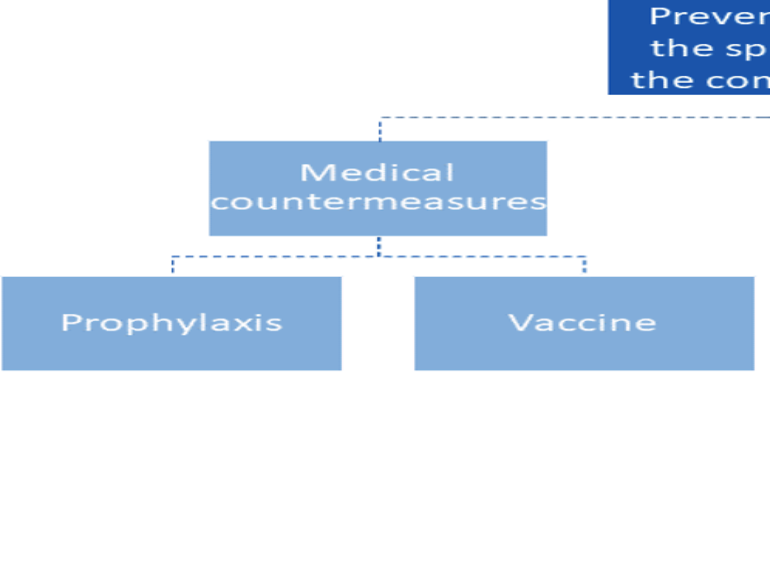A Singapore startup has developed a breath test it says can detect COVID-19 in under 60 seconds. Based on clinical trials involving 180 patients, the system has clocked an accuracy rate of more than 90%.
Developed by Breathonix, the breath test is a notable move away from the current screening standard involving a swab test. The latter may be uncomfortable and identifies COVID-19 through polymerase chain reaction (PCR) tests, which can take a few hours.
Swift detection was key in effective contact tracing and stemming the spread of the coronavirus, and Breathonix’s breath analysis technology offered a fast and convenient way to identify infections, the startup said in a statement Tuesday. A spinoff from the National University of Singapore (NUS), the company’s two founders are graduates from the local university and is supported under the university’s Graduate Research Innovation Programme. The scheme was established to encourage its graduate students and research staff to set up startups based on deep tech.
Breathonix’s technology is able to detect Volatile Organic Compounds (VOCs) present in a person’s exhaled breath. These are consistently produced by various biochemical reactions in human cells and different diseases cause specific changes to the compounds, resulting in detectable changes in a person’s breath profile.
This enables VOCs to be measured as markers for diseases such as COVID-19, according to the startup’s co-founder and CEO Jia Zhunan. The core technology behind the VOC analysis was first developed by Jia, who had researched its use for the early detection of lung cancer.
To get tested, the individual will need to blow into a disposable mouthpiece connected to a high-precision breath sampler. The breath is collected and fed into a mass spectrometer to be measured. It then is analysed by a machine learning software for its VOC profile and results are produced in under a minute.
Breathonix’s co-founder and COO Du Fang added that the disposable mouthpiece has a one-way valve and saliva trap, preventing inhalation and any saliva from entering the machine. “This makes cross-contamination unlikely,” he noted.
Jia said: “Our breath test is easy to administer and does not require specially-trained staff or laboratory processing. Results are generated in real-time, making it an attractive solution for mass screening, especially in areas with high human traffic. We believe our breath analysis platform shows promise in changing the tides of this pandemic.”
Breathonix worked with the National Centre for Infectious Diseases (NCID) to test its system in the clinical trials. The integrated machine learning algorithm achieved a sensitivity rate of 93%, where it correctly identified individuals infected with COVID-19, and a specificity rate of 95%, in which it correctly identified those who did not have the virus.
The clinical trials are ongoing, with more tests needed to improve the system’s accuracy rate, the startup said. The NUS’ research innovation team also is guiding Breathonix on securing regulatory approvals for its technology and for potential deployment to facilitate mass screening. This can be rolled out at high human traffic locations such as airports and dormitories, where a large number of COVID-19 infections had emerged in the early days of the pandemic in Singapore.
Contact tracing app, wearable to be mandatory in some locations
In other related news, the Singapore government said Tuesday the use of its contact tracing app, TraceTogether, or wearable TraceTogether Token, would be mandatory in locations with typically high human traffic including shopping malls, F&B outlets, schools, and workplaces.
This meant that current methods used at such locations, including mandatory scanning of QR codes, scanning of personal identification cards, and checking in with SafeEntry via the SingPass mobile app, would no longer be used.
From December, individuals entering these venues must check in using the TraceTogether contact tracing app or TraceTogether Token wearable device. The list of venues that will require the use of TraceTogether app or wearable also will be regularly updated, according to the Smart Nation and Digital Government Office (SNDGO).
This would be implemented earlier, starting from now until mid-November, at some venues such as those used for live performances, business events, so individuals attending such events would only be able to do so if they downloaded the TraceTogether app or had obtained their TraceTogether Token device.
The government began nationwide distribution of the contact tracing wearable device in September and had targeted to issue the token to all residents by November.
An initial batch of 10,000 were distributed to the elderly in June, days after the country’s plans to introduce the wearables sparked public outcry amongst individuals concerned about their privacy. It prompted the government to reveal that the Bluetooth-enabled contact tracing devices did not contain a GPS chip and would not have internet or cellular connectivity, so the data collected could only be extracted when the devices were physically handed over to a health official.
In explaining why the use of TraceTogether and the wearable needed to be mandatory in some venues, the SNDGO said this would facilitate a “safer” reopening of Singapore’s economy as it looked to resume larger-scale activities. It would provide “added assurance” that visitors to these venues would be “better protected” with effective contact tracing.
“TraceTogether and SafeEntry are critical digital tools that allow us to quickly contain the spread of COVID19 the moment it is detected, so that we can safely ease our measures and continue to resume economic and social activities,” said the SNDGO. “These tools help to stem multiple generations of spread and prevent large clusters from forming.”



